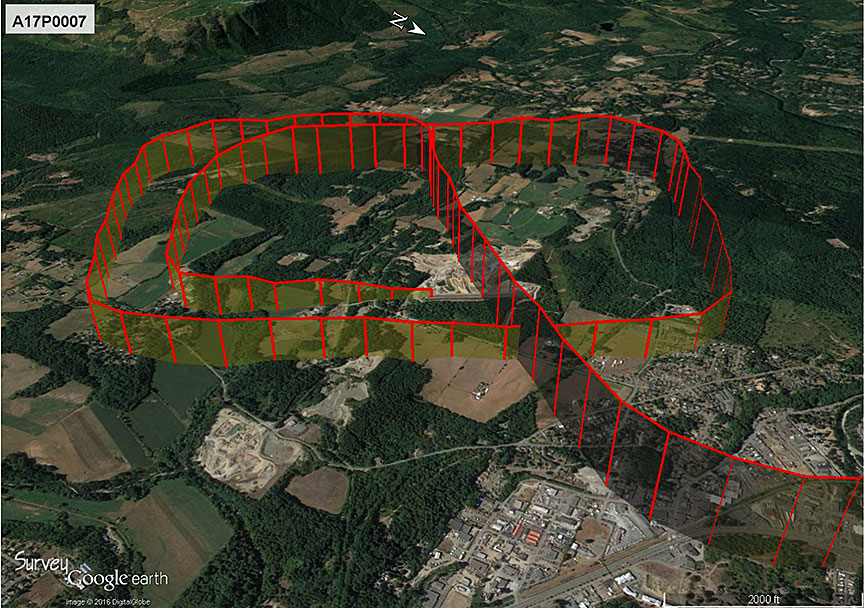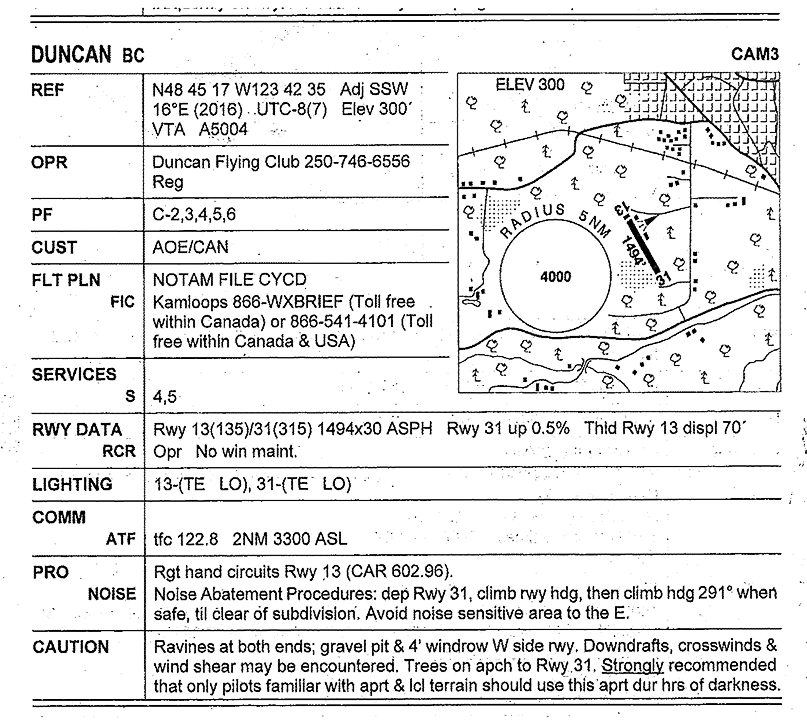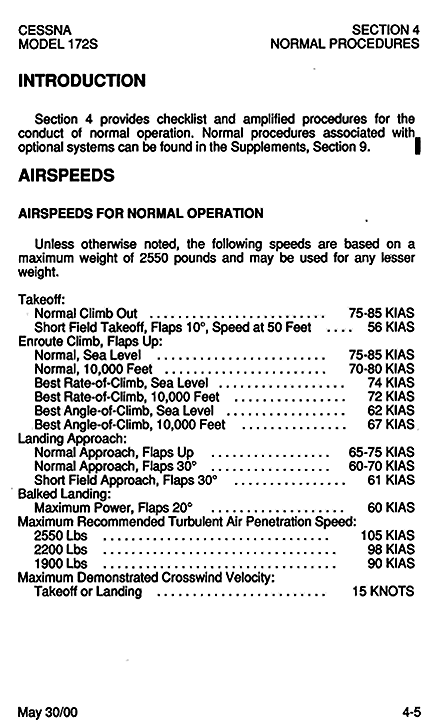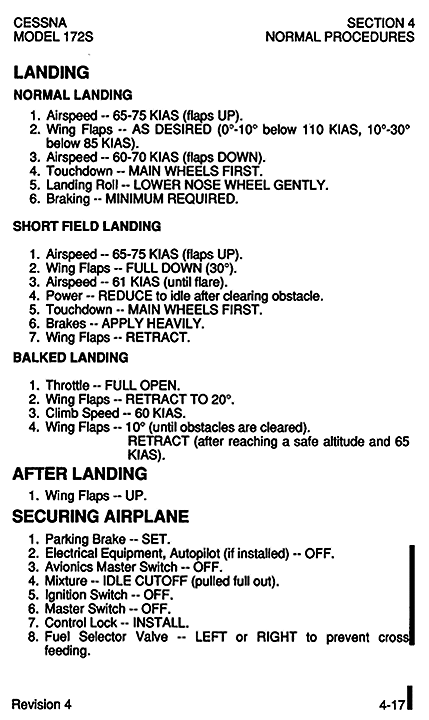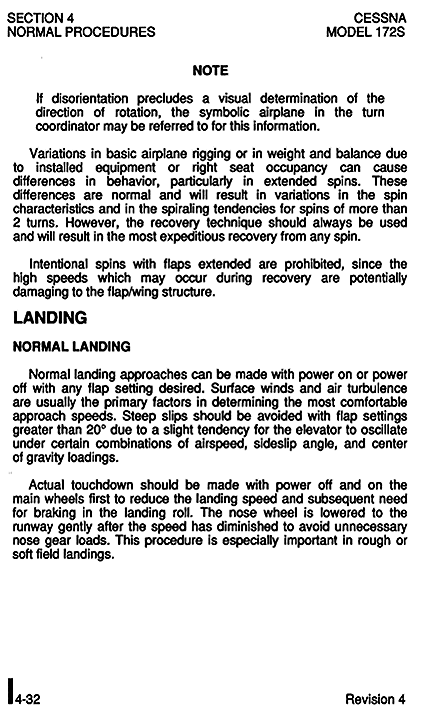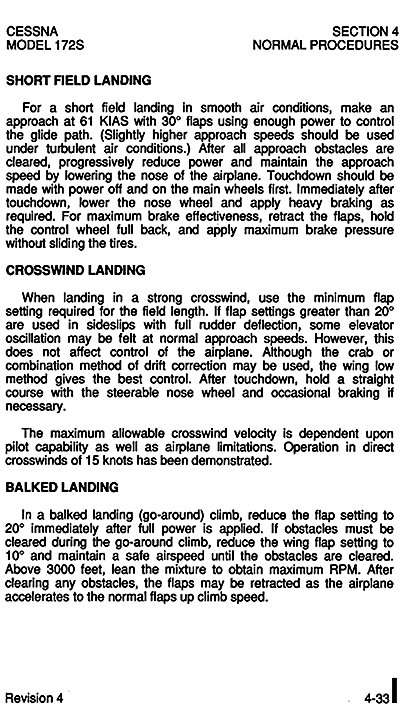Collision with trees and power lines after rejected landing
Victoria Flying Club
Cessna 172, C-GZXB
Duncan Aerodrome, British Columbia
The Transportation Safety Board of Canada (TSB) investigated this occurrence for the purpose of advancing transportation safety. It is not the function of the Board to assign fault or determine civil or criminal liability. This report is not created for use in the context of legal, disciplinary or other proceedings. See Ownership and use of content. Masculine pronouns and position titles may be used to signify all genders to comply with the Canadian Transportation Accident Investigation and Safety Board Act (S.C. 1989, c. 3).
Summary
On 19 January 2017, a Cessna 172 aircraft (registration C-GZXB, serial number 172S8141) operated by the Victoria Flying Club departed from Victoria International Airport, British Columbia, for a day visual flight rules training flight with an instructor and a student pilot on board. About 1½ hours into the flight, the aircraft made an approach to Runway 31 at Duncan Aerodrome, British Columbia, to conduct a short-field landing. At 1311 Pacific Standard Time, the aircraft touched down approximately one-third of the way down the runway and after an attempt to brake, a takeoff was attempted. The aircraft struck trees and then power lines off the north end of Runway 31 and came to rest upside down under the power lines, about 500 feet from the departure end of the runway. The instructor was seriously injured, and the student sustained minor injuries. The aircraft was substantially damaged, and the emergency locator transmitter activated. There was no fire.
Factual information
History of the flight
At 1143 Footnote 1 on 19 January 2017, a Cessna 172 aircraft (registration C-GZXB, serial number 172S8141) operated by the Victoria Flying Club departed from Victoria International Airport (CYYJ), British Columbia, for a day visual flight rules (VFR) training flight with an instructor and a student on board. The instructor was the pilot-in-command and was seated in the right seat. The student was the pilot flying and was seated in the left seat. The purpose of the flight was for the student to practise various flight exercises before a commercial flight test scheduled for the following day.
After departing CYYJ, the aircraft flew about 21 nautical miles (nm) northwest and the crew conducted various flight exercises for about 1 hour. The aircraft then flew to Duncan Aerodrome (CAM3), British Columbia, so that the crew could conduct additional exercises, including a precautionary approach Footnote 2 to a short-field landing with a full stop.
During the initial overflight inspection of the aerodrome, the instructor and student noted that the windsocks indicated that the wind was light and variable (less than 5 knots), but that it generally favoured an approach to Runway 13. However, due to low cloud north of the aerodrome, they elected to accept the slight tailwind and land on Runway 31. The aircraft flew 1 left-hand circuit to conduct a runway overflight inspection before flying a second left-hand circuit to conduct the short-field landing (Figure 1). On the final approach leg of the second circuit, when the aircraft was established on final approach at about 700 feet above sea level (ASL)—400 feet above the aerodrome elevation—and about 3000 feet from the runway threshold, the instructor and student observed that the aircraft was above the normal approach path. They briefly discussed the issue and decided to continue the approach with idle power, full flaps, and some slipping. Footnote 3
Radar data showed that the aircraft's ground speed was about 70 knots Footnote 4 on final approach. The Cessna 172 pilot's operating handbook (POH) recommends an airspeed of 61 knots on approach for short-field landings in smooth air conditions, and states that "slightly higher approach speeds should be used in turbulent air conditions." Footnote 5 The descent angle to the runway threshold was about 7°, placing the aircraft significantly above the commonly used 3° flight path with which the student pilot was familiar. However, steeper approaches are often used for short-field landings. The investigation later determined that a rate of descent of about 1000 feet per minute had been required.
The aircraft touched down about one-third of the way down the runway, at which point the instructor took over control of the aircraft from the student pilot, retracted the flaps, and pulled the control column to the full nose-up position. However, the aircraft bounced and became airborne several times before the tires remained in contact with the runway, and it was therefore not possible to apply full braking until the aircraft's weight was fully transferred to the landing gear. Subsequently, after full braking had been applied, the instructor determined that the aircraft could not be brought to a stop before the end of the runway. The instructor then rejected the landing and attempted to take off, releasing the aircraft's brakes, applying full throttle, and reselecting the flaps to 20°.
The aircraft left the departure end of the runway and continued across a 10-foot-wide gravel strip situated between the end of the runway pavement and the precipice of an embankment. Its main-gear tires produced tracks in the gravel. After crossing the gravel strip, the aircraft became airborne and immediately descended about 10 to 15 feet, then flew horizontally for about 400 feet while attempting to climb. In the process, the aircraft struck multiple small treetops and then a large treetop. It flew another 150 feet, descending slightly, until it struck and severed the first of a set of 6 high-tension power lines. The aircraft came to rest inverted under the power lines on wet, brush-covered ground, about 550 feet down the embankment about 60 feet below the runway end. The flaps were found extended to about 20°.
Both pilots were wearing lap belts and shoulder harnesses. The student pilot sustained minor injuries, and was able to exit the aircraft and call 911 for assistance. The instructor received life-threatening injuries and remained suspended upside down in the wreckage for approximately 1½ hours before the power lines could be deactivated and first responders could safely access the aircraft. The instructor was transported by air ambulance to the hospital. The 406 MHz emergency locator transmitter had activated automatically.
Aerodrome information
CAM3 is a registered aerodrome Footnote 6 operated by the Duncan Flying Club. Aerodromes are governed by Canadian Aviation Regulations (CARs) Subpart 301 and are not required to meet the (usually more stringent) requirements of certified airports under CARs Subpart 302. Footnote 7 Consequently, CAM3 does not have overrun areas at either end of the runway, nor is it required by regulation. CAM3 has a single asphalt runway (Runway 13/31). The runway is 30 feet wide and 1494 feet long; the aerodrome elevation is 300 feet ASL (Appendix A). The runway is situated atop a hill, with terrain dropping away steeply on all sides, including at both ends of the runway. Windsocks are situated at both ends of the runway.
The edition of the Canada Flight Supplement (CFS) Footnote 8 that was current at the time of the accident provided a caution section for CAM3 that stated:
Strongly Footnote 9The trees on the approach to Runway 31 are located approximately 350 feet from the runway threshold.
It is Victoria Flying Club policy that students are not allowed to land at CAM3 without an instructor present.
Instructor
Records indicate that the instructor was certified and qualified for the flight in accordance with existing regulations, and had approximately 3763 hours of accumulated flying time. The majority of those hours had been on Cessna 172-model aircraft, and included approximately 300 hours on the occurrence aircraft. The instructor had been employed as a flight instructor at the Victoria Flying Club since 2010, and had landed at CAM3 numerous times during that period. At the time of the occurrence, the instructor was the Victoria Flying Club's assistant chief flight instructor, held a Class II Flight Instructor Rating, and had provided flight training to the student while the student earned seaplane, night, and VFR over-the-top Footnote 10 ratings.
The instructor had been off duty during the weekend prior to the accident, and had then worked on each of the 3 days before the occurrence flight, accumulating 4.3 hours of flying time during those days.
Student
Records indicate that the student was certified and qualified for the flight in accordance with existing regulations, and was working toward earning a commercial pilot licence at the time of the occurrence. He had accumulated a total of about 225 hours of flying time, all of which had been on Cessna 172-model aircraft (including approximately 17 hours on the occurrence aircraft), and approximately 177 hours of which had been with the Victoria Flying Club. Most of the student's dual-instruction flight time at the Victoria Flying Club had been with the occurrence instructor. The student had performed 5 landings at CAM3, 4 of which had been with the occurrence instructor and 1 of which had been with another instructor at the club. The majority of the student's takeoffs and landings had been conducted at CYYJ, where the Victoria Flying Club is based.
Weather information
At 1200, approximately 17 minutes after the aircraft took off from Runway 09 at CYYJ and about an hour prior to the accident, the wind at CYYJ was from 140° true (T) at 3 knots.
At 1300, about 11 minutes before the accident, the wind was from 070°T at 3 knots, with varying direction from 010°T to 110°T. The weather conditions at that time also included:
- visibility 30 statute miles;
- temperature 8°C and dew point 7°C;
- barometric pressure 29.43 inches of mercury; and
- few clouds at 900 feet, few clouds at 4500 feet, scattered cloud at 7000 feet, broken cloud at 12 000 feet, and broken cloud at 25 000 feet.
There is no official weather-recording station at CAM3. During the occurrence aircraft's mid-field crossing, the student noted that the windsocks indicated that the wind was light (i.e., less than 5 knots) and variable, but that it generally favoured Runway 13. This is consistent with the reported speed and direction of the wind at CYYJ, located 13 nm away from CAM3. However, because of low cloud north of the aerodrome, the decision was made to accept the light tailwind and land on Runway 31. The runway was reported to have been damp, but did not have standing water.
Aircraft information
C-GZXB was a 1999 Cessna 172S equipped with a 180-horsepower, fuel-injected Lycoming IO-360 engine. Its maximum take-off weight was 2550 pounds. The Flight Dispatch Authority form signed by the instructor prior to the flight indicated that the C-GZXB's weight at takeoff was 2155 pounds and that its center of gravity would remain inside of the allowable envelope throughout the flight. Based on the aircraft's take-off weight, TSB calculations indicate that C-GZXB would have weighed about 2060 pounds at the time of the accident.
Records indicate that the aircraft was certified, equipped, and maintained in accordance with existing regulations and approved procedures. Nothing was found to indicate that an airframe failure or system malfunction had occurred before or during the flight. It was determined that the aircraft had been complete, intact, and functioning normally before it struck the trees and power lines.
The "Performance" section of the Cessna 172S POH (Appendix B) indicates that, given the temperature and pressure-altitude conditions at the time of the occurrence, and with an aircraft weight of 2550 pounds, Footnote 11 the required distance for a short-field landing over a 50-foot obstacle is 1320 feet (including a 565-foot landing roll), Footnote 12 leaving 174 feet of runway at CAM3. The POH figures are based on zero wind; a paved, level, and dry runway; and a speed of 61 knots at 50 feet above ground level (AGL). The POH states that, "for operation with tail winds up to 10 knots, [pilots should] increase landing distances by 10% for each 2 knots." Footnote 13 Given that the conditions at the time of the occurrence included a light tailwind component of less than 5 knots, the distance required for a short-field landing by C-GZXB would have been more than 1320 feet. Neither the student pilot nor the instructor performed short-field performance calculations on the day of the accident.
The POH provides the following procedures for short-field and balked landings:
SHORT FIELD LANDING
- Airspeed – 65 – 75 KIAS [knots indicated airspeed] (flaps UP)
- Wing Flaps – FULL DOWN (30°)
- Airspeed – 61 KIAS (until flare)
- Power – REDUCE to idle after clearing obstacle.
- Touchdown – MAIN WHEELS FIRST
- Brakes – APPLY HEAVILY
- Wing Flaps – RETRACT
BALKED LANDING
- Throttle – FULL OPEN
- Wing Flaps – RETRACT TO 20°
- Climb Speed – 60 KIAS
- Wing Flaps – 10° (until obstacles are cleared), RETRACT (after reaching a safe altitude and 65 KIAS) Footnote 14
The POH also indicates that a short-field takeoff under the same conditions by an aircraft weighing 2200 pounds would require 1130 feet (including a 655-foot ground roll) to clear a 50-foot obstacle. Footnote 15 The POH states that for takeoffs "with tailwinds up to 10 knots, [pilots should] increase distances by 10% for each 2 knots." Footnote 16
Analysis
The aircraft was functioning normally before it struck the trees and power lines. Therefore, the analysis will focus on operational factors, including pilot decision making.
Flight operations at Duncan Aerodrome
Because landing at Duncan Aerodrome (CAM3), British Columbia, poses significantly more risk than landing at most airports, the Victoria Flying Club does not permit its students to land there without an instructor. The runway at CAM3 is short, particularly in comparison with those at Victoria International Airport (CYYJ), where the student pilot had landed most often during training. CAM3 is also unusual in that there are ravines at both ends of the runway rather than overrun areas. The Canada Flight Supplement (CFS) cautions pilots that downdrafts, crosswinds, and wind shear may be encountered at CAM3, and warns of trees on the approach to Runway 31. The instructor was familiar with the aerodrome, and the student had landed there 5 times, always with an instructor. Despite these known risks, the short-field landing exercise was carried out with a light and variable tailwind on a short runway with no overrun area, even though no pre-flight short-field landing performance calculations had been made.
The aircraft was high on final approach, and the approach was steeper than commonly used and faster than was prescribed. With idle power and the flaps fully extended, a slip was subsequently necessary for the aircraft to descend steeply enough to land on the runway. As a result, the aircraft crossed the runway threshold above the intended touchdown speed and remained airborne in ground effect for at least one-third of the runway length before touching down.
The landing attempt was continued even after the aircraft touched down well beyond the intended touchdown point.
Pilot decision making
The instructor took over control of the aircraft from the student. Initially judging that the aircraft could be brought to a stop, the instructor elected to continue the landing. However, after several seconds, during which the aircraft continued to slow, the instructor decided to abort the landing.
It could not be determined exactly how far down the runway the aircraft was when the instructor made the decision to reject the landing, or how fast it was travelling at that point. Given that its tires were still in contact with the ground when it left the runway and that it dropped immediately into the ravine before flying horizontally, it is likely that the aircraft left the runway at only slightly above stall speed. The attempt to stop the aircraft was made at a point where insufficient runway remained to bring it to a stop, and then the takeoff was attempted with insufficient airspeed and with insufficient remaining runway. The aircraft left the runway below a safe flying speed and, once out of ground effect, sank below runway elevation, resulting in its collision with several trees and power lines.
Findings
Findings as to causes and contributing factors
- The short-field landing exercise was carried out with a light and variable tailwind on a short runway with no overrun area, even though no pre-flight short-field landing performance calculations had been made.
- The aircraft was high on final approach, and the approach was steeper than commonly used and faster than was prescribed.
- The aircraft crossed the runway threshold above the intended touchdown speed and remained airborne in ground effect for at least one-third of the runway length before touching down.
- The landing attempt was continued even after the aircraft touched down well beyond the intended touchdown point.
- The attempt to stop the aircraft was made at a point where insufficient runway remained to bring it to a stop.
- The takeoff was attempted with insufficient airspeed and insufficient remaining runway.
- The aircraft left the runway below a safe flying speed and, once out of ground effect, sank below runway elevation, resulting in its collision with several trees and power lines.
Safety action
The Board is not aware of any safety action taken following this occurrence.
This report concludes the Transportation Safety Board of Canada's investigation into this occurrence. The Board authorized the release of this report on . It was officially released on 13 February 2018.
Appendices
Appendix A – Canada Flight Supplement entry for Duncan Airport (CAM3)
Appendix B – Cessna 172S Pilot's Operating Handbook, short-field landing information
Source: Cessna Aircraft Company, Pilot's Operating Handbook and FAA Approved Airplane Flight Manual—Cessna Model 172S Serial Numbers 172S8001 and On, Revision 5 – 19 July 2004
